|
Virtually every local history buff has read Roscoe W. DeBaun’s book: Country Life in Fairfield, New Jersey ( FPL 974.9 DE ). DeBaun devotes six pages to the story of Fairfield Dairy and its ultimate closure in the 1920’s. DeBauns account is concise and accurate and could easily become an entire book by itself if an industrious student of History included the legacies of two great men : Dr. Henry Leber Coit and Stephen ‘Dutch’ Francisco. Dr. Henry Leber Coit (L) and Stephen ‘Dutch’ Francisco (R). Pioneers of pure ‘Certified’ Milk. The story begins with a Newark Pediatrician ( Dr. H.L. Coit ) who was concerned with his infant son’s bottled cow milk. He visited the Dairy that was supplying his home and was devastated with the filthy and unsanitary conditions of the entire milk supplying process. As a ‘Baby Doctor’, he felt that many young children were being practically poisoned with contaminated milk that likely contained disease causing bacteria. The ‘germ theory’ was then gaining general medical profession acceptance as a result of studies by Louis Pasteur, Robert Koch, and many of their late 19th century Contemporaries. Drinking water and contaminated milk were the main cause of child mortality with about 20% dying before reaching their first birthday. In 1893 Newark received its first clean water supply from the Pequannock Watershed bypassing Belleville’s Passaic River intake that contained raw sewerage and industrial waste from the upriver cities of Paterson and Passaic. At that time there were dozens of Dairies supplying milk to Northern New Jersey with only minimal involvement of the various Boards of Health ( local, county, or state ). These Boards were often filled by political patronage appointees who were seldom fully committed to milk purification initiatives. Dr. Coit began to search out a Dairy Business that would adhere to a strict code of sanitary conditions utilizing the latest technologies available at the time. He was directed to an already successful Dairy Farmer in Caldwell Township ( specifically Fairfield and parts of West Caldwell today ) Stephen ‘Dutch’ Francisco. The Francisco Family was well established in the area going back to the original land purchases from the Lenape/Delaware Indians. The Francisco operation called “Fairfield Dairy” was already a leader in all aspects of ‘modern’ Dairy Farming. But Dr. Coit imagined even higher standards that would guarantee the purest and most wholesome milk product possible. His ‘babies’ deserved nothing less. Dr. Coit and Dutch Francisco worked together and developed a master plan that scrutinized every detail of pure milk production. The extraordinary level of detail for each and every aspect of the process cannot be emphasized enough. A ‘cost was no object approach’ was taken because they knew that they could create a market for a pure ‘Certified’ Milk fully endorsed and prescribed by Doctors and the Medical Community at large. Selling a normal 8 cent quart of milk for nearly double was predicted and found readily acceptable by judicious Customers. The more affluent communities, especially Montclair, wanted nothing else. In 1893 a sixty eight point contract was drafted detailing the terms and conditions Dairy Farms needed to comply with to qualify as a ‘Certified’ milk producer. Of course these stipulations fit snugly around Fairfield Dairy like a cowhide glove. For example, restricting intoxicating liquors was a condition of employment at FD. Francisco recruited Polish workers who had to sign a pledge against drinking liquor before they even left their homeland. Potential competitors found full compliance nearly impossible because of these sixty eight Certified Milk obligations and their associated capital expense. All Milk Men thoroughly ‘washed up’ and ‘gowned up’ for milking with their custom designed and sterilized milking pails. The first Federal Food and Drug Act was still 13 years in the future ( 1906 ). The venture was hugely successful and a depot established in Montclair also tweaked the raw milk to Doctors prescriptions. This was mostly adjusting the milk fat percentage as we do today when buying skimmed, 1%, 2%, or whole milk. In later years pasteurization was another option when so prescribed. But pasteurization was not universally accepted back then, and many felt that the nutritional value of the milk was significantly reduced. ( Note : Anyone who has tasted raw milk chilled immediately after milking will tell you of its incredible flavor and sweetness. But nutrition value makes a much better argument ). So now we have the great ‘milk question’ : Certify or pasteurize. A discussion we still have in 2018. There’s no doubt that ‘Certified Milk 68’can be pure with only minimal natural and mostly harmless bacteria. But there was a lurking highly contagious killer in dairy cattle ‘bacterium Mycobacterium bovis’ or Bovine Tuberculosis. Although regular testing was required in the 68 rules for both cattle and workmen, some germs could elude detection and could quickly infect a dairy herd. Pasteurization ( when perfected ) destroyed this bacterium, but purists felt that careful testing along with the other 67 rules of purity, sterilization, refrigeration, etc. made for a better milk product. The key was prevention, early detection, and immediate culling of the BTB ‘reactors’. We need some important context here, so we have to put on our reality goggles and set them to 1908. Very early in the 20th century there was much confusion about the causes of disease and epidemics, transmission, etc. For example, Dr. Robert Koch the German Scientist who won the 1905 Nobel Prize in Physiology and Medicine for his work with tuberculosis updated his research in 1908. Koch concluded that bovine TB could NOT be transmitted to humans by either milk or meat consumption. Of course this is not true, but it well illustrates the contrary deductions of even the most eminent scholars of the time. **** The ‘Certified Milk’ crusade was already being spread from coast to coast. Coit and Francisco were ‘rock stars’ in the pure milk business. Milk Commissions similar to Coit’s in Essex County were being formed in major cities across the Country. Francisco trademarked the ‘certified milk’ designation but it was too late to benefit from it because it had already become a common term within the industry. ( With hindsight, Francisco could have retired a rich man if he registered and certified dairies for fees like ‘Kosher’ and ‘Organic’ as Producers are so authorized today. ) Fairfield Dairy milk cap and bottle. Both are highly collectible today. Fairfield Dairy was by far the most famous and envied Operation in the nation. Virtually the ‘King of the hill’ in the Dairy Industry, even receiving worldwide recognition and frequent visits from prominent Doctors and Dairymen looking to duplicate Certified Milk’s lofty status. After 25 years of growth and success a major setback occurred around 1915. Natural calf births were not sufficient to keep up with FD’s needs, so dairy cows were purchased from some New York farms. These “Yorkers” were somehow infected with bovine TB but it went undetected when they were initially purchased. ( Substitution ‘foul play’ cannot be ignored as a possibility – though a remote one ). When routine testing revealed the BTB it had already spread throughout the entire FD herd. 35% of the cattle had to be destroyed. These losses were not bad enough, but the damage to FD’s reputation was even more significant as newspapers highlighted the problem, and highlighted it again frequently. The final blow was the Medical Milk Commission’s ruling that adding off premises birthed cows to the herd was now prohibited. Repopulating the herd would now take an enormous amount of time. It’s my belief that all of these factors led to the steady decline of the business with the burden of expenses likely weighing down any hope of recovery. Ironically, many area Dairies with much inferior practices and facilities benefitted from FD’s decline. At least Dr. Coit went to his grave in 1917 knowing that he saved many baby’s lives with pure Certified Milk. Stephen Francisco was to see his great ‘Dairy Disneyland’ die off slowly before his own death in 1923. Milk bottle sterilization and filling operations for 4,000 quarts of daily output. Despite its eventual commercial failure, FD was a great success in many regards. Dr. Coit and Mr. Francisco ‘raised the bar’ for proper sanitation practices, by demonstrating that the highest goals and objectives were achievable. Perhaps not ‘double the price’ practical, but identifying the highest ideals of purity that should always be worthy of consideration. Many 21st century books about milk often reference ‘Certified Milk’ with reverence. These books were ‘skimmed’ by this writer ( a little milk humor there ) and a great link found to parts of Ron Schmid’s book “The Untold Story of Milk” ( 2009 ). https://www.realmilk.com/safety/pasteurize-or-certify/ “Friends of Little Children” Stephen and Lydia Francisco - Prospect Hill Cemetery 1923 Respectfully dedicated to Dr. Henry Leber Coit and Stephen ‘Dutch’ Francisco ...............Paul Pollio - November 12, 2018
0 Comments
Leave a Reply. |
|||||||
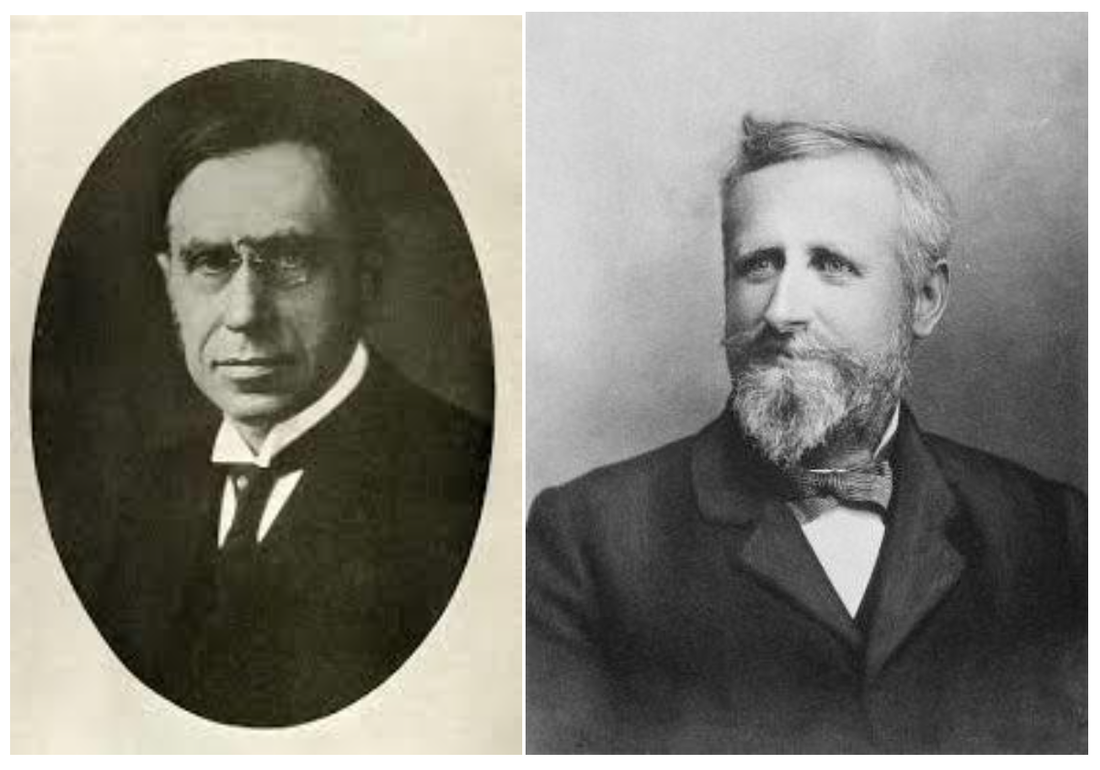
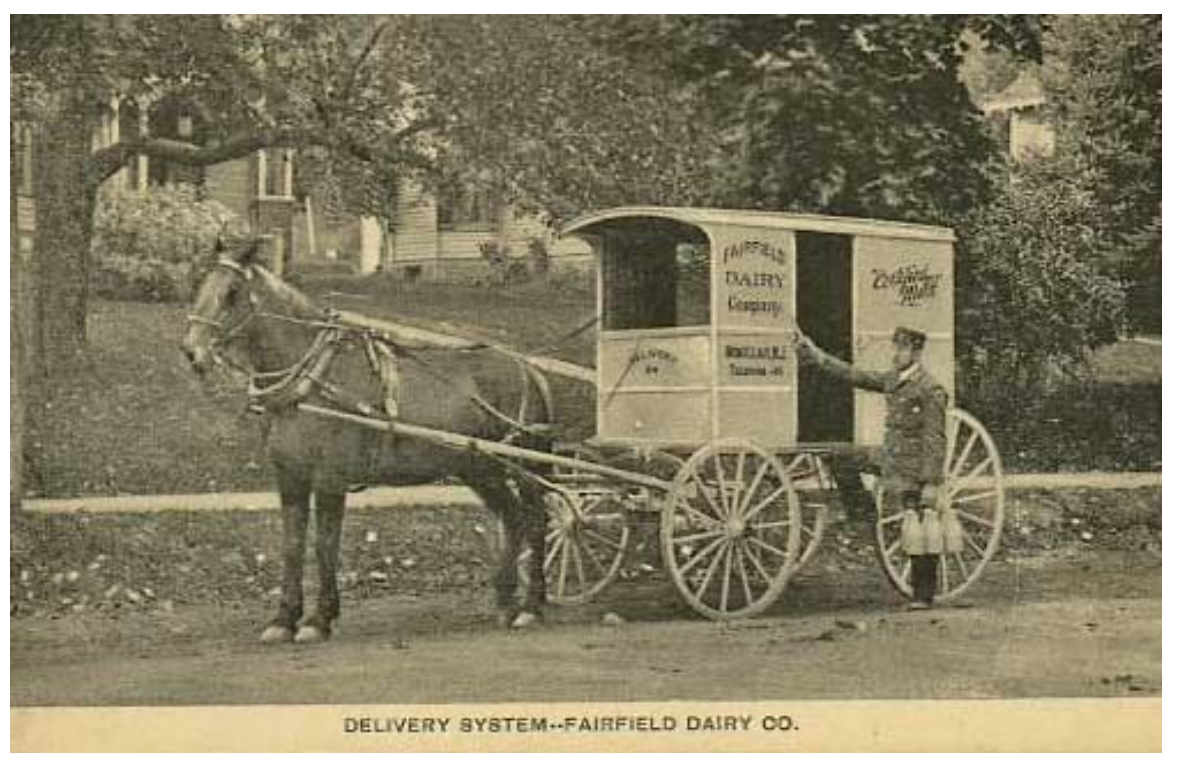
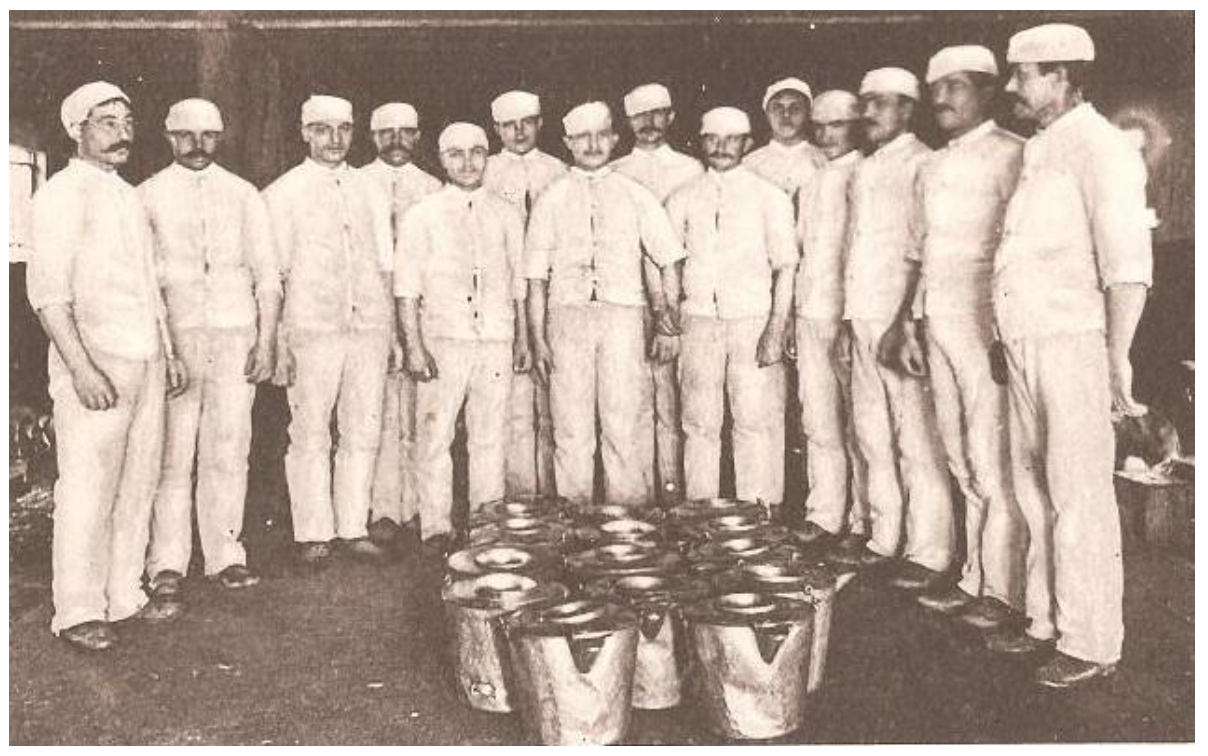

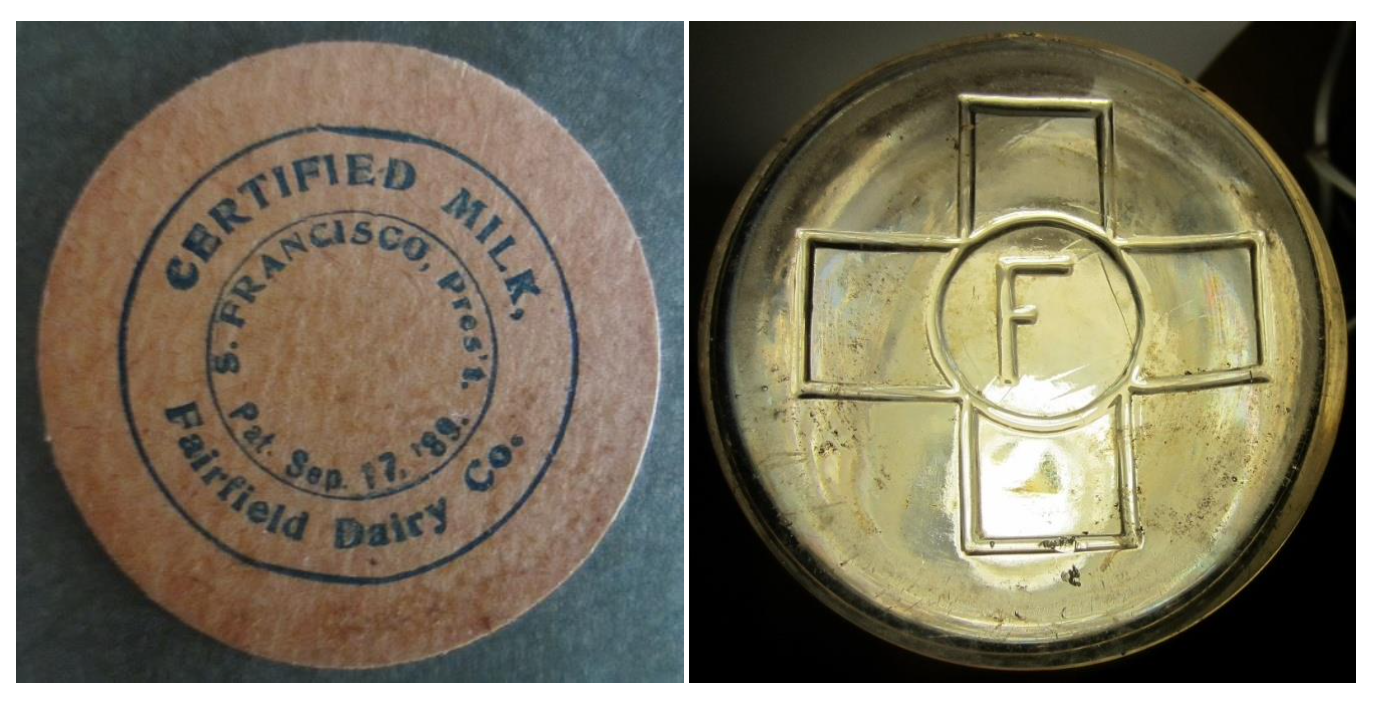
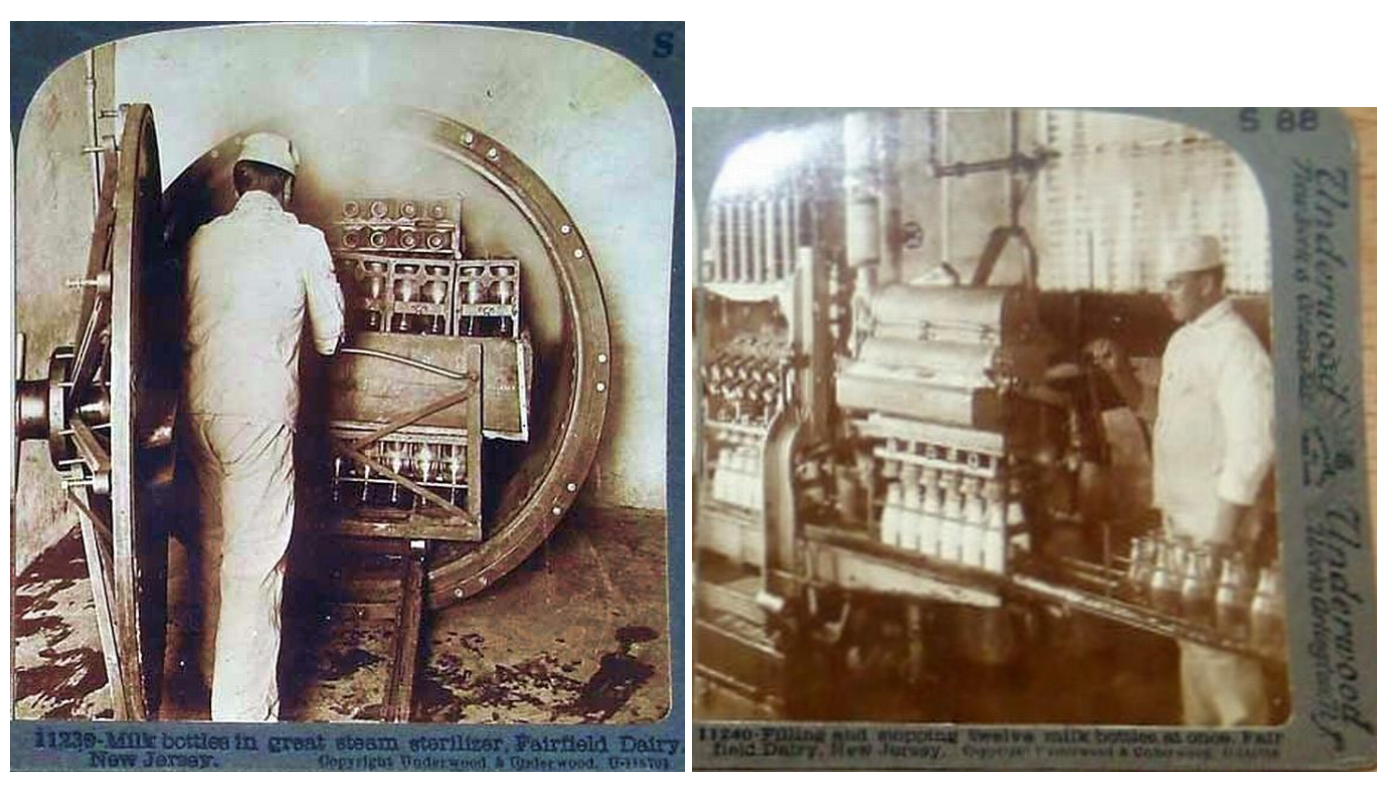
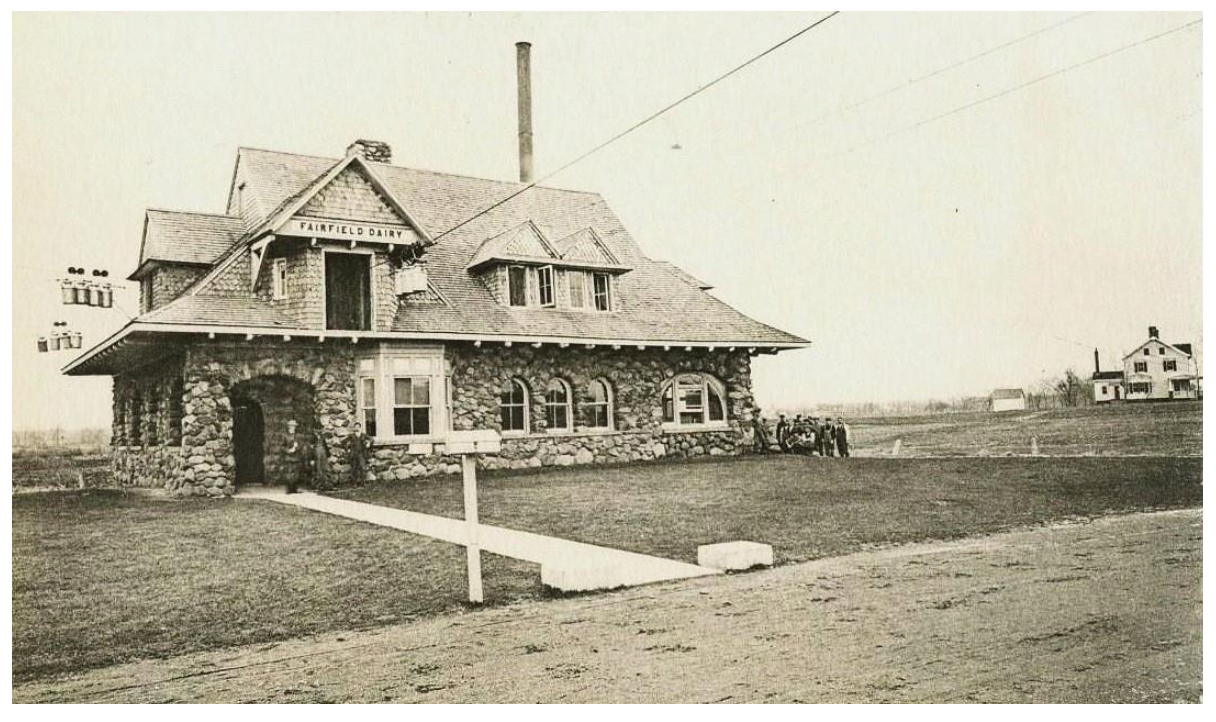
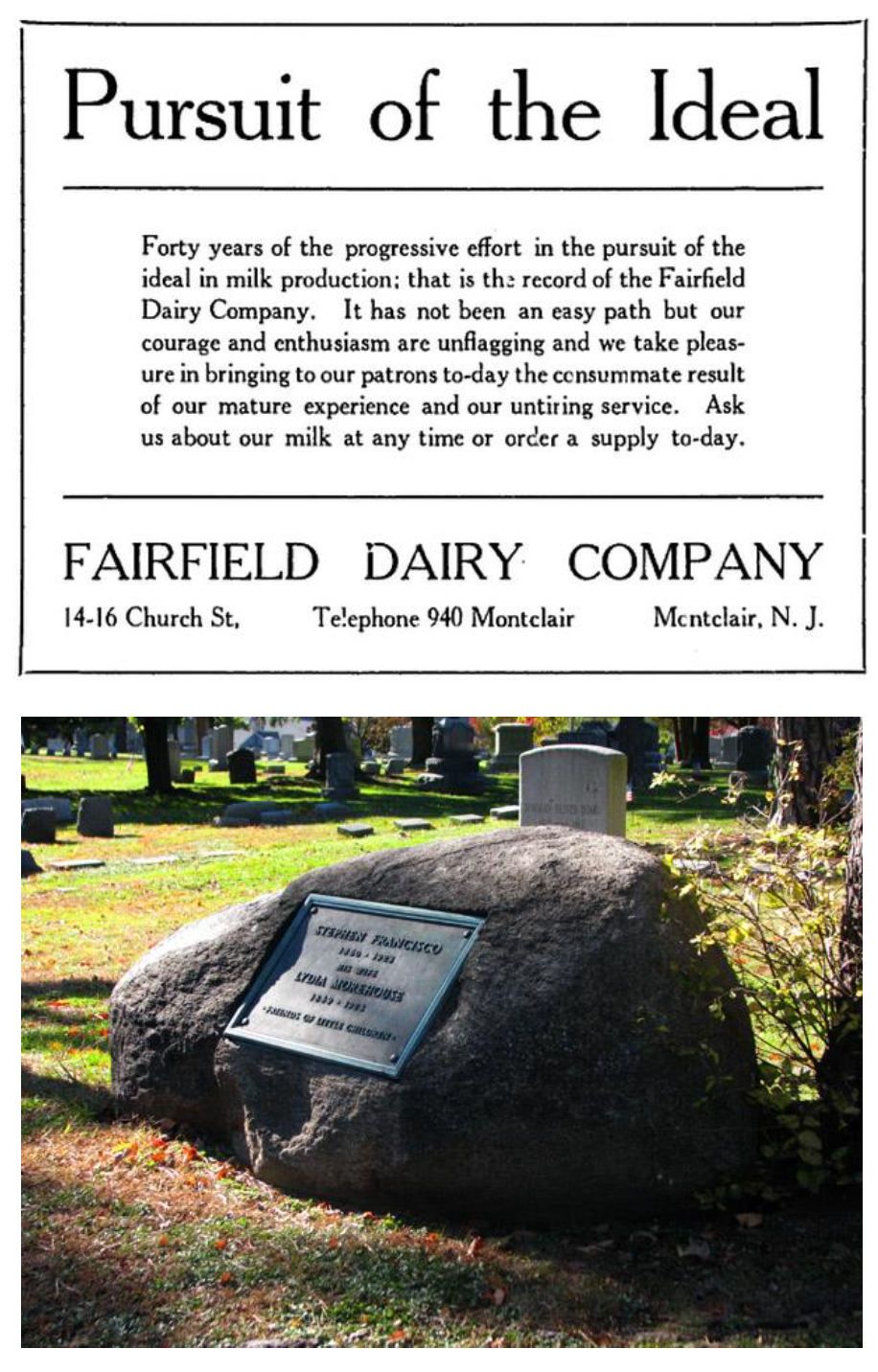
 RSS Feed
RSS Feed